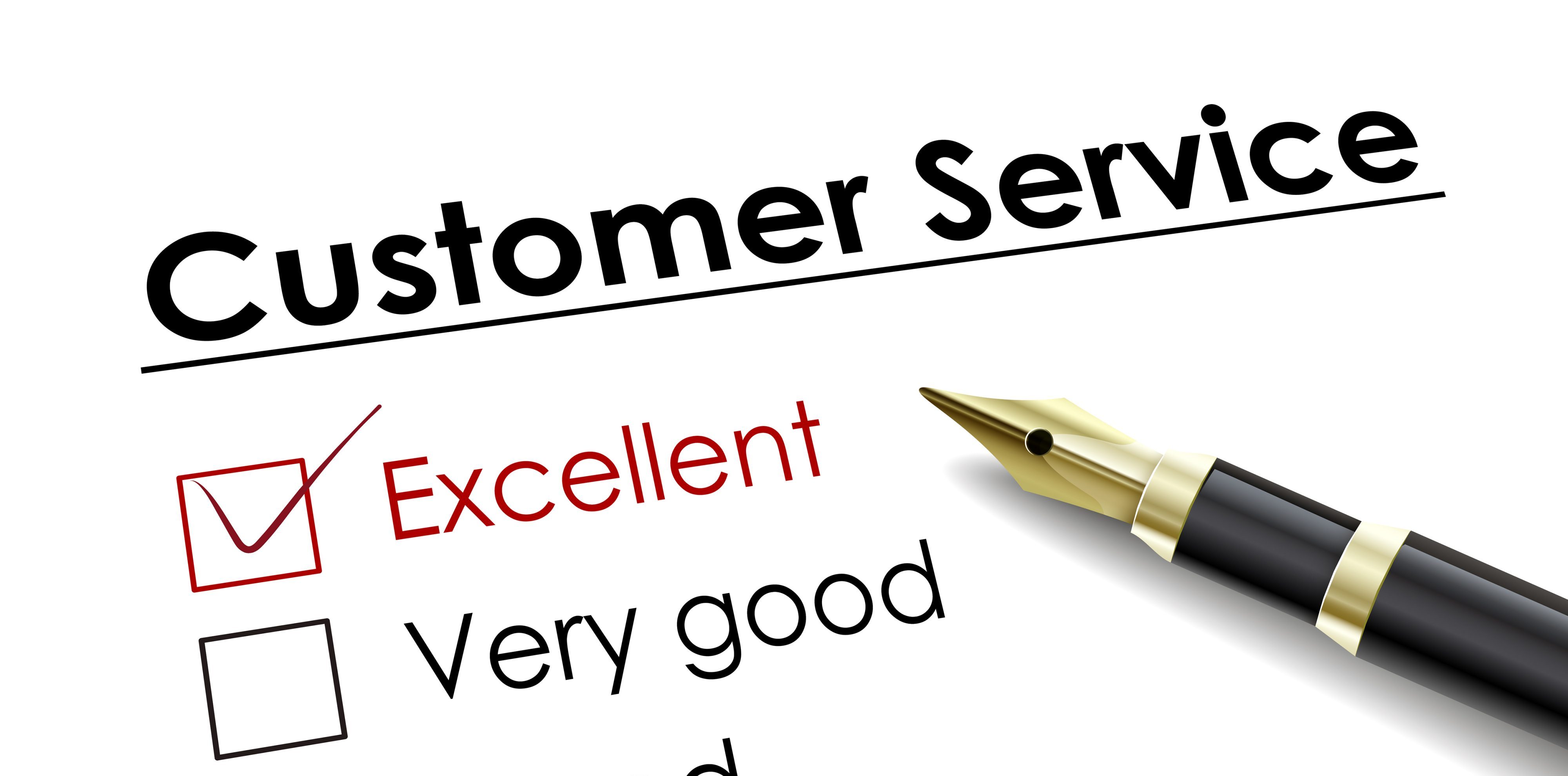Customer experience, or CX, has not always been associated with government, but this year government has taken some big steps towards improving its customer experience image. One of the reasons for the increase in government’s customer service mentality is the mandated cross-agency priority goals. 15 cross-agency priority goals were announced earlier this year with the 2015 Budget and customer service was one of those goals. However, recent data also proves the need for good customer service within government agencies. Forrester’s CX Index shows that there is a direct correlation between citizens’ outlook on government, as a whole, and their interactions with agencies individually. Rick Parrish, Senior Government Customer Experience Analyst at Forrester Research, is a strong advocate for improved customer experience in the government overall and has studied the process across government for several years.
Parrish sat down with Christopher Dorobek on the DorobekINSIDER to discuss the lessons learned in 2015 and the trends he expects in the realm of customer experience from government in 2016.
Why is government CX so important? “There are hundreds of different ways that people interact with government agencies,” Parrish pointed out. Therefore, CX affects both the faith citizens have in government and can assist or hinder agencies from accomplishing their missions. “The data actually shows that people who have poor experiences as customers of federal agencies actually feel worse about the country itself. [Poor customer experiences] actually really strike at the foundations of our political system,” Parrish said. Also, good customer experiences makes it easier for agencies to gather the necessary information to accomplish their overall mission. In order for an agency to accomplish its mission and for citizens to maintain faith in our government, govies should look at what’s been done this year and how we can continue to learn from these programs/projects.
There are several different initiatives agencies have taken on to improve the customer experiences they provide. According to Parrish, the experiences that customers have include digital and non-digital means across a customer’s lifecycle. These interactions can include brick and mortar locations, postal mail, email, and telephone calls, which is why mobile apps are just one part of the entire customer experience equation. Agencies are taking on a new position to help manage and delegate the agency’s customer experience process through Chief Customer Officers (CCOs) and the White House has helped a lending hand through 18F. 18F helps agencies adapt to the new digital era of government through digital services consulting.
For the future, Parrish outlined four big categories of trends in federal agencies’ overall customer centricity for 2016.
- Federal agencies’ action on the technical aspects of improving the customer experience. (This includes digital services and “the real nuts and bolts of improving the way they provide services to their customers.”)
- Trends in mobility. (This includes mobile apps.)
- The use of big data. (Which would both improve agencies’ customer centricity and act as a sort of economic enabler by providing open data.)
- Some cautious advancements in digital government overall. (“When I say digital government I don’t just mean the way that federal agencies interact with customers, I also mean the way they operate internally in terms of becoming real digital operations themselves.”)
The Department of Veteran Affairs is a good example of an agency taking customer experience seriously. Parrish highlighted the VA’s dedication to improving the system on-the-go instead of spending five years until they come out with something that’s out of date by the time it goes live” (referring to the VA’s Vets.gov portal that was recently launched). “If the VA, a huge and complex organization can do it, anybody can,” Parrish said. But the only way something so difficult can be effective in any agency environment is through constant feedback.
Measuring CX helps keep the positive movement going forward. There are two different ways govies can continue to measure interactions with their citizens. “They’re both actionable at different levels and they both give us a really good idea of how agencies are doing,” Parrish stated. First, are touch point level surveys that provide feedback in real-time. These questions ask how you feel about a particular website or app. A good example of a new touch point level survey is the Feedback USA pilot program, which puts simple kiosks in agencies. Secondly, there are relationship level metrics. Forester’s work in Customer Experience is one example in which you ask people over the whole course of the recent interaction how they feel about that customer experience overall.
Good customer service is truly an investment for all agencies. This year is just a glimpse of the potential impact govies can have when interacting with their customers, their fellow citizens.




Leave a Reply
You must be logged in to post a comment.